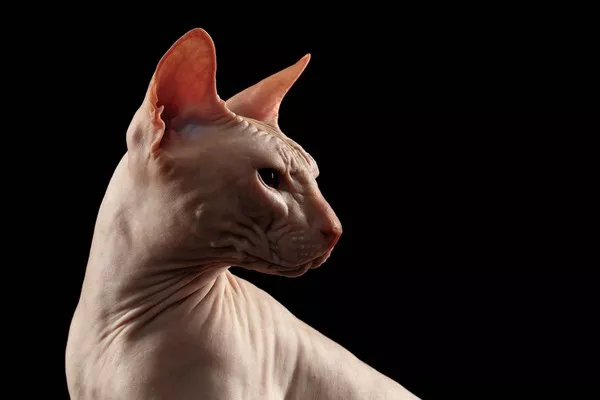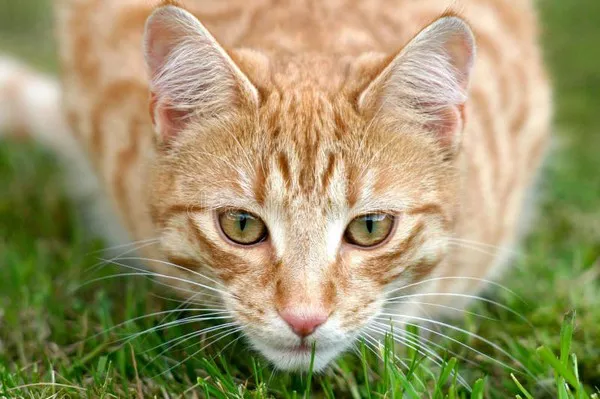Welcoming a feline friend into your home comes with the responsibility of ensuring their well-being, and one crucial aspect of cat care is grooming. Cat brushes are essential tools in maintaining your cat’s coat health, preventing matting, and fostering a strong bond between you and your furry companion. In this comprehensive guide, we delve into the world of cat brushes, exploring the various types, their benefits, and offering insights into making informed decisions when purchasing these grooming essentials.
The Importance of Cat Grooming
Grooming is not merely a cosmetic endeavor; it plays a pivotal role in a cat’s overall health. Regular brushing offers several benefits, including:
Mat Prevention: Cats are prone to matting, especially those with long or dense fur. Brushing helps eliminate tangles and prevents painful mats from forming.
Bonding Opportunity: Grooming sessions provide a valuable chance to strengthen the bond between you and your cat. It can be a positive and calming experience when approached with patience and care.
Health Check: Brushing allows you to monitor your cat’s skin and coat condition, helping detect any abnormalities, parasites, or signs of skin issues early on.
Types of Cat Brushes
Understanding the different types of cat brushes is crucial for tailoring your grooming routine to your cat’s specific needs. Here are some common types of cat brushes:
1. Slicker Brushes
Description:
Slicker brushes feature fine, short wires close together on a flat surface. They are excellent for removing loose fur, detangling knots, and preventing matting.
Best For:
Long-haired cats
Cats prone to matting
Recommended Product:
Hertzko Self-Cleaning Slicker Brush
2. Bristle Brushes
Description:
Bristle brushes have soft, natural bristles that are gentle on a cat’s coat. They are suitable for cats with short to medium-length fur.
Best For:
Short-haired cats
Regular brushing
Recommended Product:
KONG Cat ZoomGroom
3. Combination Brushes
Description:
Combination brushes incorporate both bristle and wire pins. These versatile brushes offer the benefits of both types, making them suitable for various coat lengths.
Best For:
All coat types
Versatility
Recommended Product:
Safari Dual-Sided Cat Brush
4. Undercoat Rakes
Description:
Undercoat rakes are designed to penetrate the dense undercoat, removing loose hair and preventing matting. They are particularly useful for cats with thick fur.
Best For:
Cats with dense undercoats
Mat prevention
Recommended Product:
Hertzko Long Blade Undercoat Rake
5. Cat Deshedding Tools
Description:
Deshedding tools are designed to reduce shedding by removing loose fur from the undercoat. They are beneficial for minimizing hair around the home.
Best For:
Cats prone to shedding
Minimizing loose fur
Recommended Product:
FURminator Undercoat Deshedding Tool
6. Massage Brushes
Description:
Massage brushes have soft rubber or silicone bristles that provide a gentle massage while removing loose fur. They are ideal for cats who enjoy a soothing grooming experience.
Best For:
Cats sensitive to grooming
Relaxing grooming sessions
Recommended Product:
Hertzko Rubber Cat Brush
Factors to Consider When Buying Cat Brushes
1. Cat’s Coat Type
Consider your cat’s coat length and density when selecting a brush. Long-haired cats may require slicker brushes or undercoat rakes, while short-haired cats benefit from softer bristle brushes.
2. Grooming Frequency
If you plan to groom your cat regularly, invest in brushes suitable for frequent use. Cats with thick fur may need more intensive grooming sessions, necessitating specific brushes like undercoat rakes.
3. Cat’s Preferences
Pay attention to your cat’s reactions during grooming sessions. Some cats may prefer softer brushes, while others may enjoy the massaging sensation of rubber bristles. Choose brushes that align with your cat’s comfort.
4. Ease of Cleaning
Opt for brushes that are easy to clean to maintain hygiene. Self-cleaning brushes or those with removable bristle pads simplify the cleaning process.
5. Handle Comfort
Consider the handle design for your comfort during grooming. Ergonomic handles provide a better grip and reduce strain on your hand during extended grooming sessions.
6. Multi-Functionality
If you’re looking for versatility, opt for combination brushes that offer different grooming options in one tool.
How to Groom Your Cat Effectively
1. Introduce Grooming Gradually
Start grooming sessions when your cat is relaxed. Introduce the brush slowly, allowing your cat to become familiar with the sensation.
2. Use Positive Reinforcement
Reward your cat with treats and gentle praise during and after grooming sessions. Positive reinforcement creates a positive association with grooming.
3. Focus on Sensitive Areas
Pay special attention to areas prone to matting, such as behind the ears and under the armpits. Gently work through tangles to prevent discomfort.
4. Monitor Your Cat’s Reaction
Watch for signs of distress or discomfort during grooming. If your cat becomes agitated, take a break and resume later.
5. Regular Health Checks
Use grooming sessions as an opportunity to check your cat’s overall health. Look for lumps, bumps, or changes in skin condition that may require veterinary attention.
Top Brands in Cat Brushes
1. Hertzko
Known for: Self-cleaning slicker brushes, rubber cat brushes
2. KONG
Known for: ZoomGroom bristle brushes
3. Safari
Known for: Dual-sided cat brushes, de-matting combs
4. FURminator
Known for: Undercoat deshedding tools
Addressing Common Grooming Challenges
1. Matting and Tangling
Prevention:
Regular brushing with appropriate brushes.
Use of detangling sprays for stubborn knots.
Solution:
Gently work through mats with a comb, starting from the tips and moving upward.
Professional grooming for severe matting.
2. Shedding
Prevention:
Regular use of deshedding tools.
Ensuring a balanced diet for your cat.
Solution:
Consistent use of deshedding tools during grooming.
Consultation with a veterinarian for excessive shedding.
3. Resistance to Grooming
Prevention:
Gradual introduction to grooming from a young age.
Positive reinforcement with treats and praise.
Solution:
Patient and gentle grooming sessions.
Seeking professional help if your cat consistently resists grooming.
See Also: Cat Grooming Tongue Brushes: Benefits, Types & How to Use
Conclusion
Choosing the right cat brush is a pivotal step in ensuring your feline companion’s coat health and overall well-being. By understanding the types of brushes available, considering your cat’s specific needs, and following effective grooming practices, you contribute to a positive and rewarding grooming experience for both you and your cat. Remember, grooming is not just a necessity; it’s a bonding opportunity that strengthens the unique connection between a cat and its owner. Happy grooming!

























